
Carolyn Gramling is the Earth & Climate writer at Science News. Previously she worked at Science magazine for six years, both as a reporter covering paleontology and polar science and as the editor of the news in brief section. Before that she was a reporter and editor at EARTH magazine. She has bachelor’s degrees in Geology and European History and a Ph.D. in marine geochemistry from MIT and the Woods Hole Oceanographic Institution. She’s also a former Science News intern.

Trustworthy journalism comes at a price.
Scientists and journalists share a core belief in questioning, observing and verifying to reach the truth. Science News reports on crucial research and discovery across science disciplines. We need your financial support to make it happen – every contribution makes a difference.
All Stories by Carolyn Gramling
-
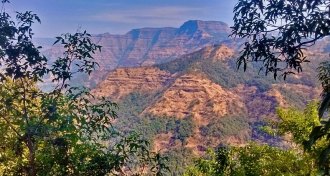 Climate
ClimateDueling dates for a huge eruption reignite the debate over dinosaurs’ death
New dating techniques for the Deccan Traps volcanic eruptions disagree on whether they were the main culprit in the dinosaurs’ demise.
-
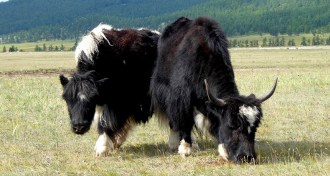 Archaeology
ArchaeologyTooth plaque shows drinking milk goes back 3,000 years in Mongolia
The hardened plaque on teeth is helping scientists trace the history of dairying in Mongolia.
-
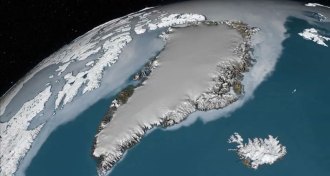 Earth
EarthGreenland may have another massive crater hiding under its ice
There may be yet another large crater buried beneath Greenland’s ice sheet. But it’s probably not related to the first one found last year.
-
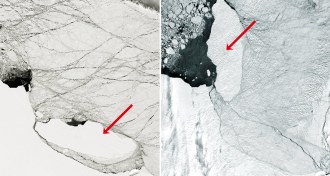 Climate
ClimateAn Antarctic expedition will search for what lived under the Larsen C ice shelf
The fourth attempt to investigate the seafloor once hidden by the Larsen C iceberg may have the best chance yet of success.
-
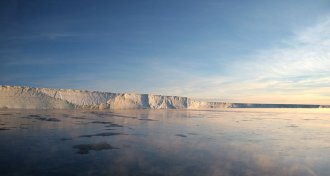 Climate
ClimateCollapsing ice cliffs may not contribute to sea level rise
Scientists debate a controversial hypothesis that suggests that massive crumbling ice cliffs could speed up future sea level rise.
-
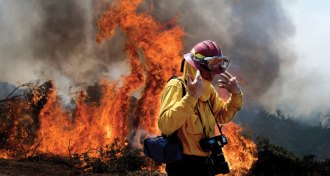 Climate
Climate‘The Human Element’ makes the impacts of climate change feel real
Photographer James Balog puts a human face on the impacts of climate change in the documentary The Human Element.
-
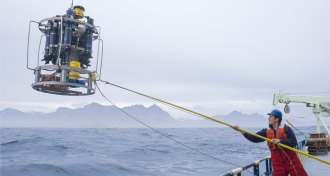 Climate
ClimateClimate change might not slow ocean circulation as much as thought
New measurements may call for a rethink of what controls ocean circulation in the North Atlantic.
-
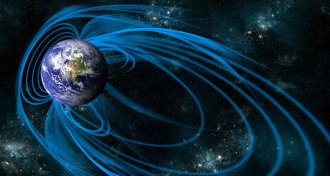 Earth
EarthEarth’s core may have hardened just in time to save its magnetic field
Earth’s inner core began to solidify sometime after 565 million years ago — just in time to prevent the collapse of the planet’s magnetic field, a study finds.
-
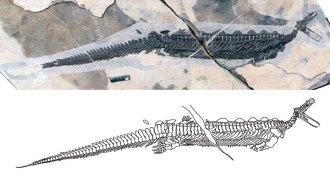 Paleontology
PaleontologyTiny eyes make a bizarre, ancient platypus-like reptile even weirder
An ancient oddball marine reptile had teeny-tiny eyes, suggesting it probably used senses other than sight to catch food.
-
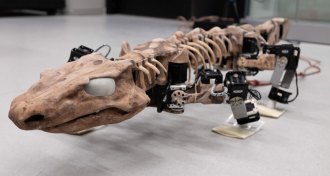 Paleontology
PaleontologyA four-legged robot hints at how ancient tetrapods walked
Using fossils, computer simulations and a life-size walking robot, researchers re-created how an early tetrapod may have made tracks.
-
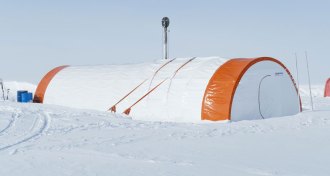 Climate
ClimateA drill built for Mars is being used to bore into Antarctic bedrock
An autonomous drill originally designed for work on Mars has its first mission in Antarctica.
-
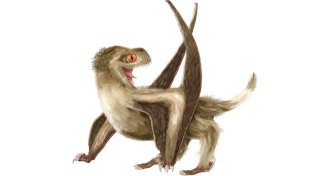 Paleontology
PaleontologyPterosaurs may have been covered in fur and primitive feathers
A new study provides evidence of plumelike structures in ancient flying reptiles.